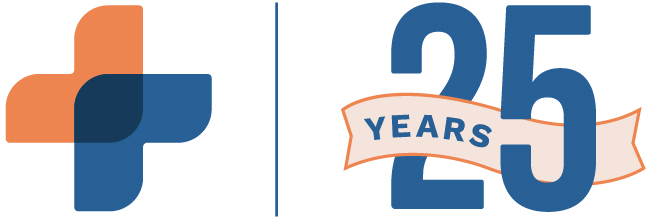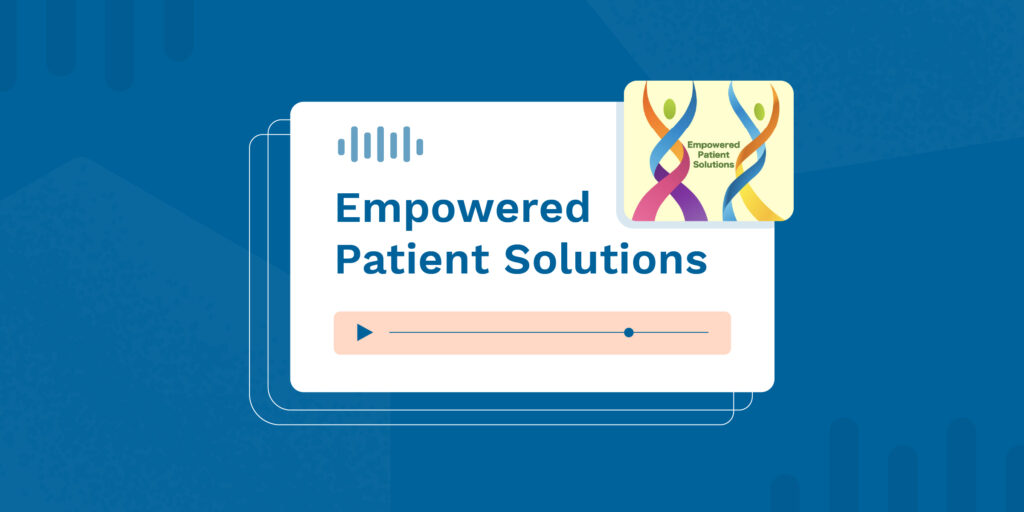Integrating traditional and non-traditional healthcare for better outcomes
Complementary and Alternative Medicine (CAM): is it voodoo medicine or acceptable treatment? Think about the parents who give chicken soup to their children to help relieve symptoms of a head cold… they aren’t caring about the science behind the healing power of warm broth, only the results. A prescription isn’t required to serve chicken soup, but common cold sufferers would argue that it makes them feel better.
It wasn’t that long ago that non-standard treatments were dismissed unscientific, nonsense, or worse; doing more harm than good. Today, attitudes about alternative medicine are shifting.
Premier health centers are on-board
It’s no question that many providers are seeing the value of incorporating CAM into treatment plans—and the data is backing them up. Take, for example, a 2014 pain tolerance study conducted by the National Center for Complementary and Integrative Health (NCCIH), an agency within the National Institutes of Health (NIH). Researchers found that subjects who practiced yoga regularly for six years were able to withstand the pain of submerging their hands into ice water for more than twice as long as non-yogi control subjects.
Pain management is just one area where healthcare practitioners are taking a more holistic approach. Both providers and scientists are assessing the benefits of integrative health in other areas, such as chronic conditions, mental health, and preventive care. And, internationally renowned institutions, such as Duke, Johns Hopkins, and Yale, are opening wellness centers to complement the standard care they provide.
Embracing the well-being evolution
So what does this mean for ambulatory healthcare practitioners? Treating the whole patient—body, mind, and spirit—isn’t new. However, there is a heightened awareness of how a broader and more integrated approach to care often results in stronger patient engagement, which in turn, influences better outcomes.
In addition to shifting mindsets, the tools doctors use are also evolving. Nearly 90% of providers employ some type of Electronic Health Record (EHR) in their practices. While many have adopted EHRs to comply with regulatory mandates, others appreciate the value of having real-time patient health information readily accessible via laptop or mobile device. As traditional medicine and CAM become more intertwined, EHRs are ideal tools for capturing and monitoring alternative therapies side-by-side with standard care. In fact, the World Health Organization is currently developing web-based ICD-11 codes that will include codes for CAM, scheduled for launch in 2022.
Advancing holistic healthcare
While non-traditional medicine has been around for centuries, it’s gaining traction as a beneficial adjunct to conventional healthcare. More and more, practitioners and patients are exploring a holistic approach to improving health. At the end of the day, it makes sense to look outside of the medicine cabinet for ways to better manage health. And using technology to record, monitor, and analyze outcomes is a natural progression in integrated medicine.





